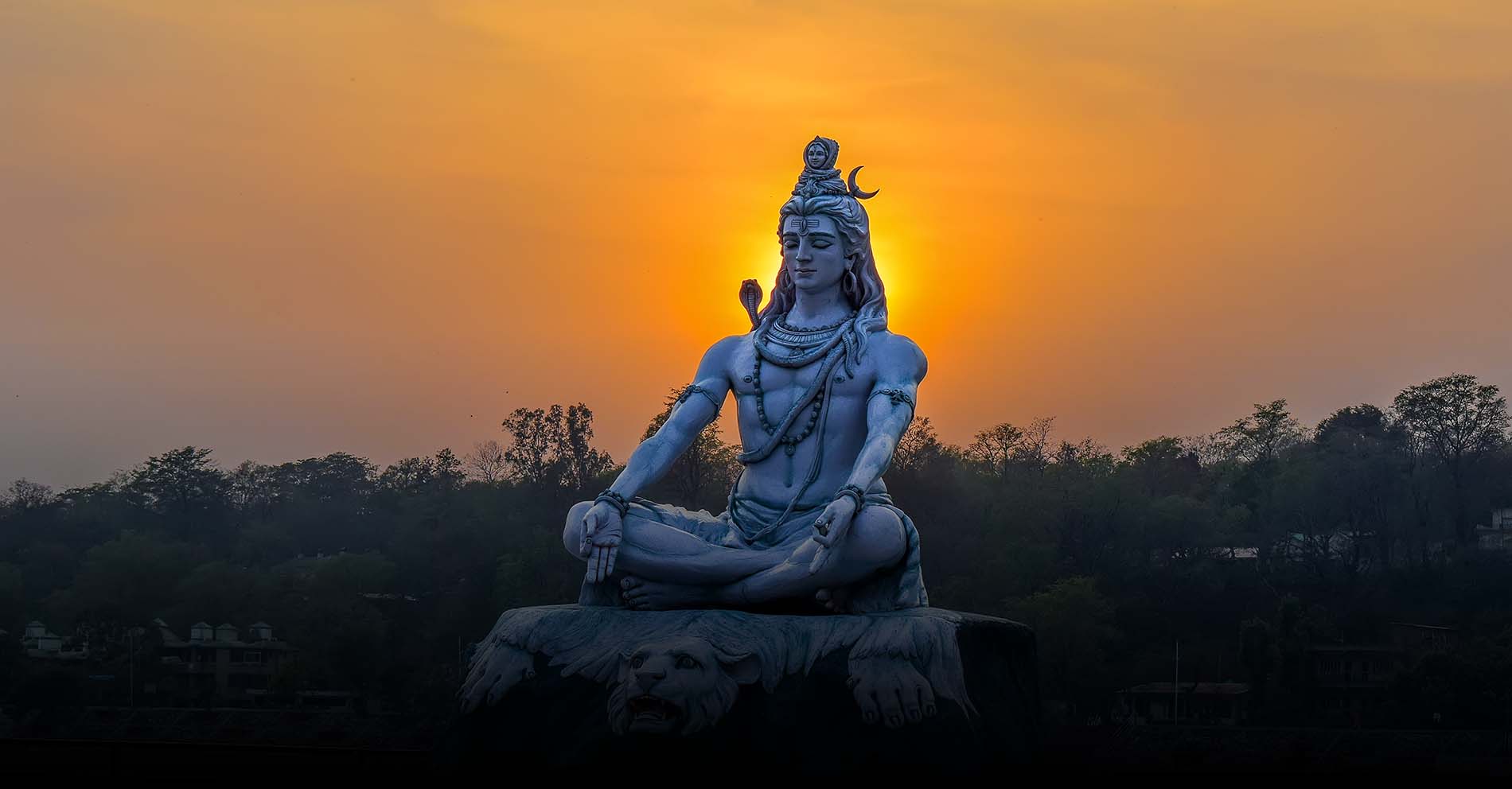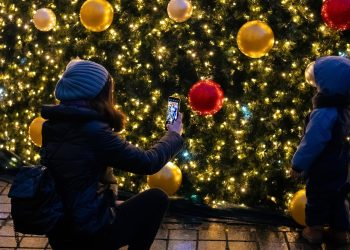Mahashivratri is the grand night celebrated with enthusiasm where devotees revere Lord Shiva. The environment around is full of spirituality and divine energy. People perform various rituals as a part of the Mahashivratri Puja and festivities. People perform elaborate Shiva yagyas, homas, bhajans and dance programs.
This festival dedicated to Lord Shiva has a set of rituals that have been followed since ages. People organize Jaagran (staying awake all night), Rudra Abhishekam and wonderful celebrations on a magnanimous level. Every ritual is performed for a reason and here is why:
Rudra Abhishek
Abhishek is the ritual where Shivling idol is bathed with panchamrit (a mixture of milk, curd, honey, sugar and ghee). These 5 components of the Panchamrit symbolize the 5 elements of nature i.e. fire, space, water, air and ether. Rudra Abhishek is performed for fulfilment of wishes, long life and prosperity.
Chanting “Om Namah Shivaay” throughout the process is the part of the Mahashivratri ritual. Lord Shiva is invoked through this Abhishek as pleasing Him on this great night blesses the devotees with His heavenly blessings.
Mahashivratri Vrat
Devotees observe a Vrat (fast) on Mahashivaratri to pay reverence to Lord Shiva and this special day holds great importance. Some people keep a Nirjala Vrat where they do not consume any food item or water while others observe a normal fast where they only eat fruits and specific food.
Well, there are many reasons behind fasting on Mahashivratri and there is a story related to it. When all the Gods and demons were churning the Ocean of Milk to obtain Amrit (nectar of immortality), a poison named Halahala came out of the ocean. It was potent of destroying the entire creation so the Gods sought help from Lord Shiva. He consumed the poison and held it in his throat which turned His throat blue. Worried Goddess Parvati observed a fast throughout the day and night to keep the poison from spreading in His body. Thus, this ritual came into being and devotees started keeping a fast on Mahashivratri.
Mahashivratri Puja
Lord Shiva is worshipped on this grand night and there are different stories behind Mahashivratri puja. A lot of people in India celebrate Mahashivratri as the union of Lord Shiva and Goddess Parvati and believe that they got married on this day. While some refer to it as the day when Shiva consumed & held the poison in His throat and became victorious over the evil power, there is another story that says Mahashivratri is when Shiva took the form of Jyotirlinga (the pillar of illuminating light).
Puja is widely done through the 4 Prahars so it starts in the evening before Shivratri and ends by the next day morning. Mantras, Shlokas, Aartis and Bhajans dedicated to Lord Shiva are sung on that night. The major element of Shivratri Puja is offering Bel patra or Bilva patra to the Shivlinga. It releases 10 times more Shiva tatva (element) on Mahashivratri than the other days. The Bael leaf is offered to please Shiva and seek His blessings.
Jaagran
This all-night vigil known as Jaagran in Hindi also has a reason behind it. Staying awake and praying to Shiva on this great night liberates one from the cycle of birth and death. It also frees the devotees from past sins and increases the stillness required to meditate. Fasting and keeping a vigil both are done to fulfil desires and improve the power of meditation.
Bhaang
Consuming Bhaang is an old custom and it is prepared by using cannabis. It is believed that Lord Shiva found this plant during Samudra Manthan and it is one of the most sacred plants. A story related to bhaang states that it was consumed by Lord Shiva to calm His throat when He drank the poison during Samudra Manthan. Bhaang is also consumed on Mahashivratri as Prasad by the devotees.
These traditions and practices followed on Mahashivratri are significant and each of them is done for a reason. Maha Shivratri rituals are to be performed with pure devotion to invite good fortune and be blessed with Shiva’s grace.







